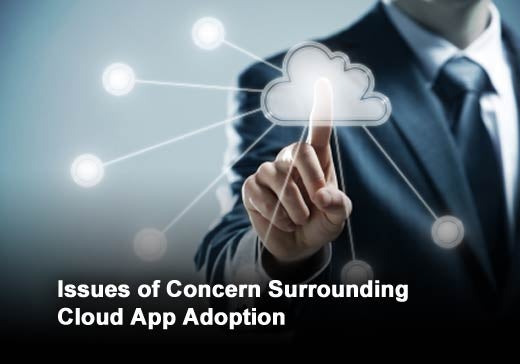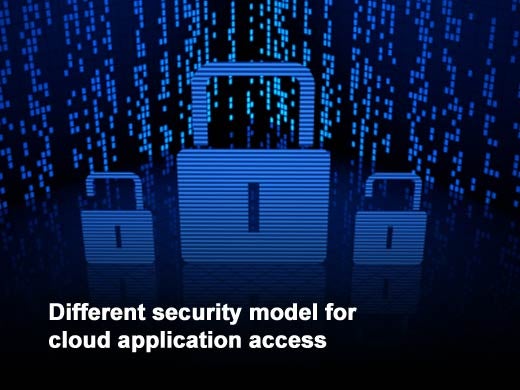According to the results of a new survey on the adoption, use and security of cloud applications, a large majority of respondents, 78 percent, plan to increase the number of cloud apps in their organizations this year. At the same time, 71 percent of respondents admit they are using cloud apps that have not been sanctioned by their IT departments. The data is part of the 2013 State of Cloud Application Access Survey conducted by OneLogin, an innovator in identity management, in collaboration with security consultancy flyingpenguin, of 200 IT and business professionals within organizations of all sizes and industries.
“This survey demonstrated that 2013 will be a tipping point in cloud adoption. With enterprises rapidly turning to cloud apps, the inherent risks in practices like using unsanctioned apps or sharing passwords on sticky notes need to be addressed, and quickly,” said Thomas Pedersen, chief executive officer of OneLogin.
Designed to collect the views of IT and business people regarding the pace of cloud application adoption and usage, the survey revealed that with access to these applications taking place from a variety of locations including smartphones (80 percent), tablets (71 percent) and non-company computers (80 percent), and with a large percentage of organizations (73 percent) needing to grant temporary access to cloud apps, respondents cited concerns around identity management, governance and complexity.
Click through for seven security and governance concerns identified by a recent cloud application adoption survey, conducted by OneLogin in collaboration with flyingpenguin.
Seventy-one percent of respondents admit to using cloud applications that have not yet been sanctioned by their IT department (like Dropbox and Gmail) to get work done.
Forty-three percent of respondents admit that employees manage passwords in spreadsheets or on sticky notes and 34 percent share passwords with their co-workers for applications like FedEx, Twitter, Staples and LinkedIn. Twenty percent experienced an employee still being able to log in after leaving the company.
Forty-eight percent of respondents are still not able to sign in to cloud applications with a single set of credentials.
Seventy-two percent of the respondents have the need to provide external users (i.e. consultants) with temporary access to the company’s cloud applications.
Fifty-nine percent of respondents had multiple on-premise directories with Active Directory being cited as the most used directory (40 percent), followed by LDAP (17 percent) for managing user identities and application access.
Thirty-four percent of respondents claimed that their security model for cloud applications was different than for on-premise applications vs. 45 percent claiming it’s the same.









